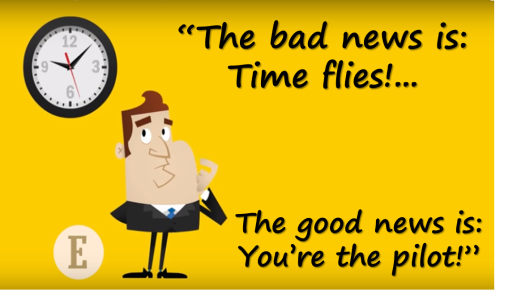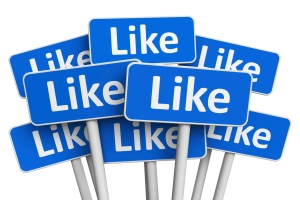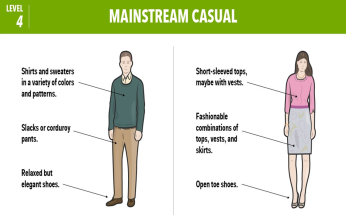 With the beginning of the fall semester, we will be exposed to more pressure. Our time management skills and efficiency will be highly tested. Staying professional under so much pressure is always a challenge, so let me contribute with
With the beginning of the fall semester, we will be exposed to more pressure. Our time management skills and efficiency will be highly tested. Staying professional under so much pressure is always a challenge, so let me contribute with
some practical tips to conquer this challenge:
- Be on time for meetings and presentations

- Look your best. How you look matters! It helps you boost your confidence, and it shows respect to others
- Do not procrastinate. Get your job done every day
- Carry a notepad. It is highly recommended that you carry an agenda or your cell phone to write down your “Things-to-do list”
- Meditate before starting your day: Watch a good video, listen to good music, or read a nice quote to get through the day
- Compliment others. This is a great way of breaking the ice with people and feeling more comfortable around them
- Go the extra mile. This will give you a sense of accomplishment and will make you feel more productive at the end of the day.














